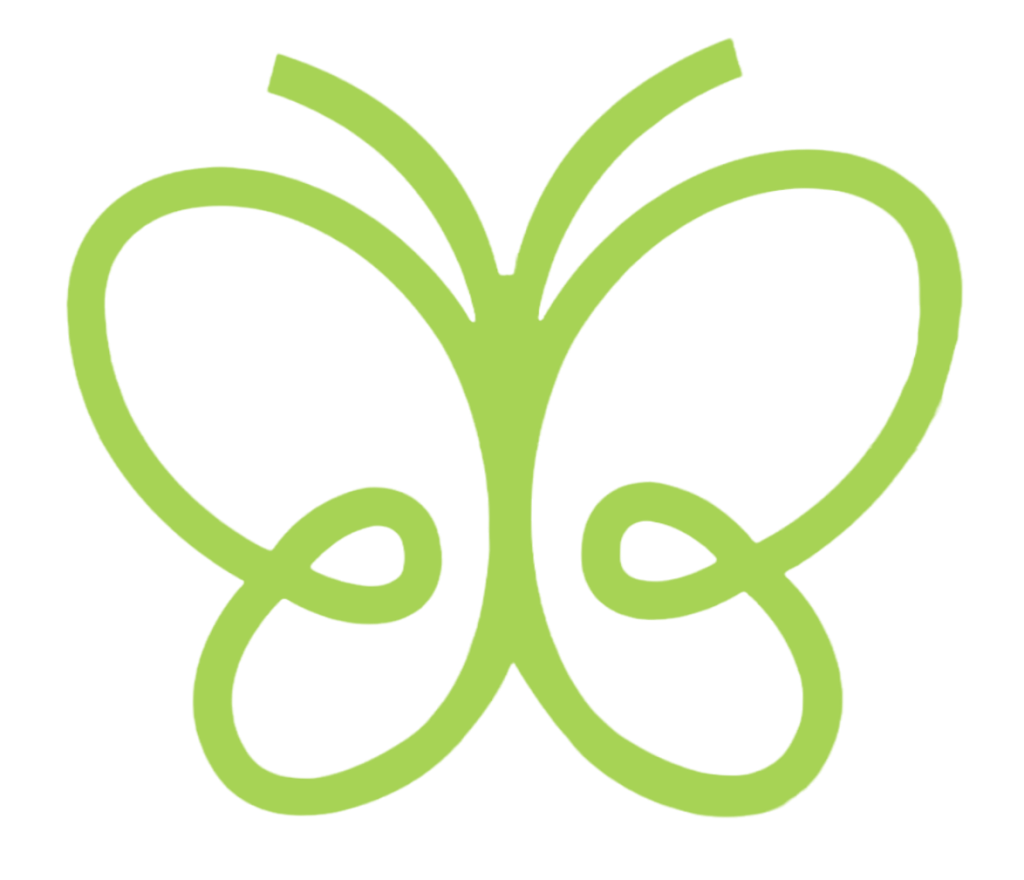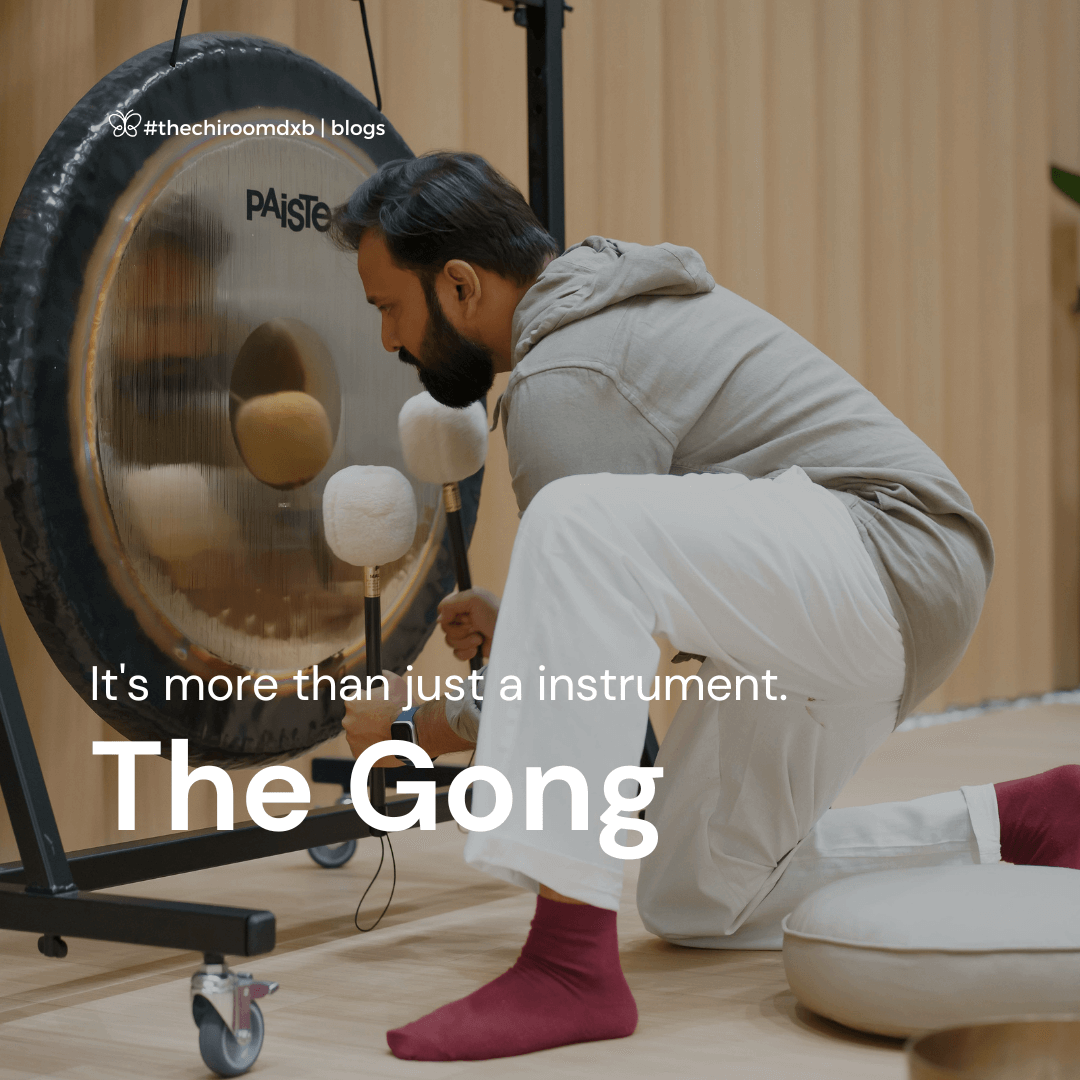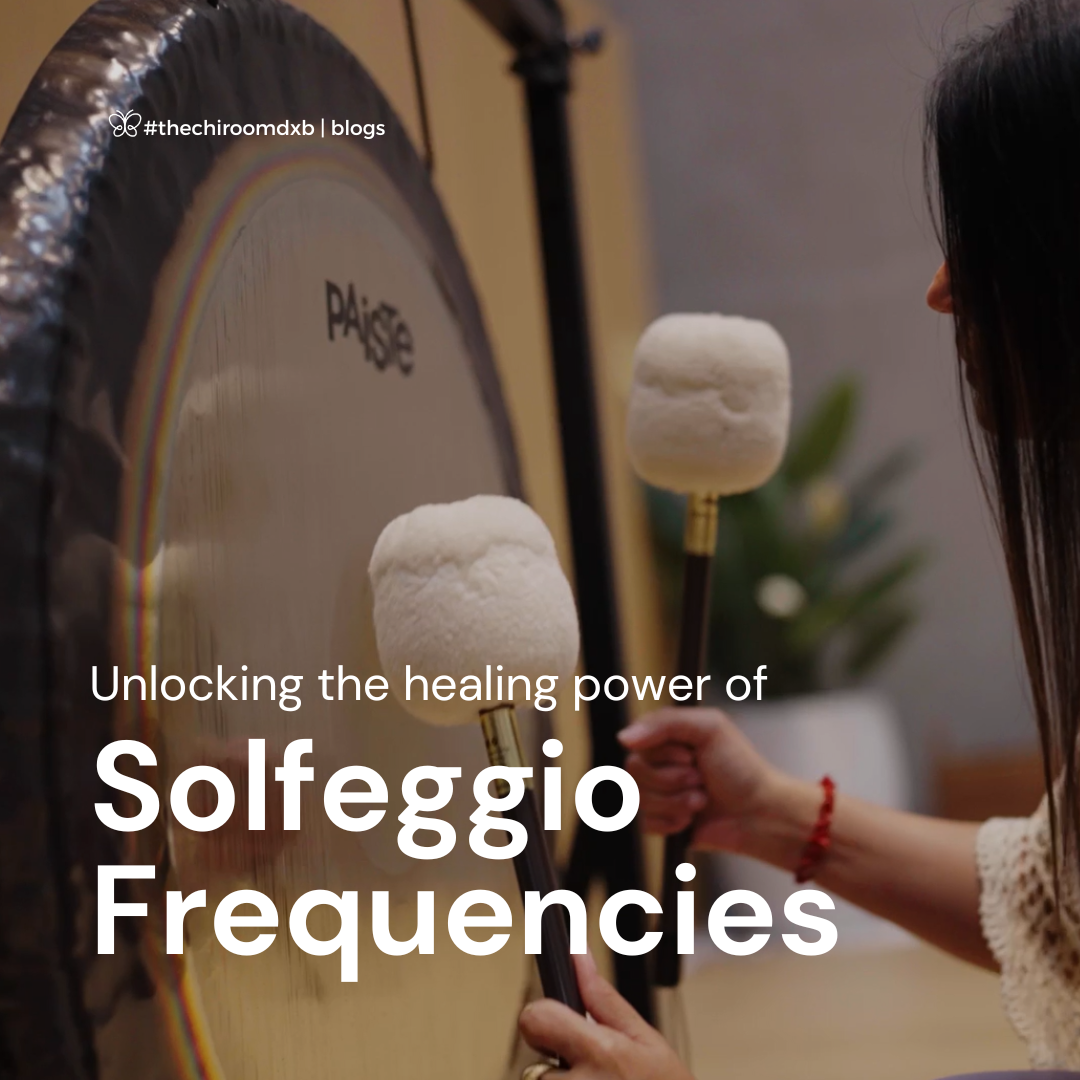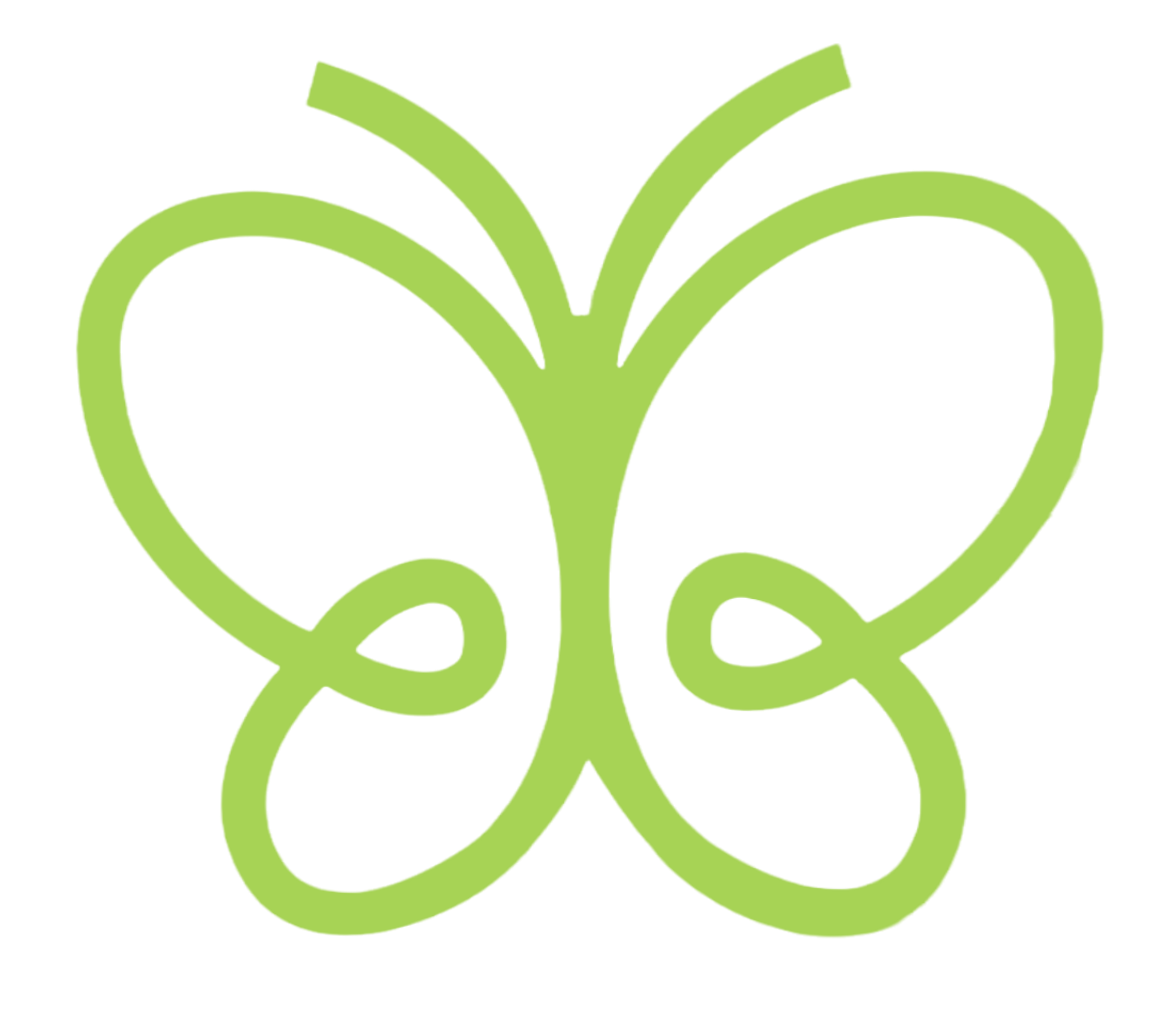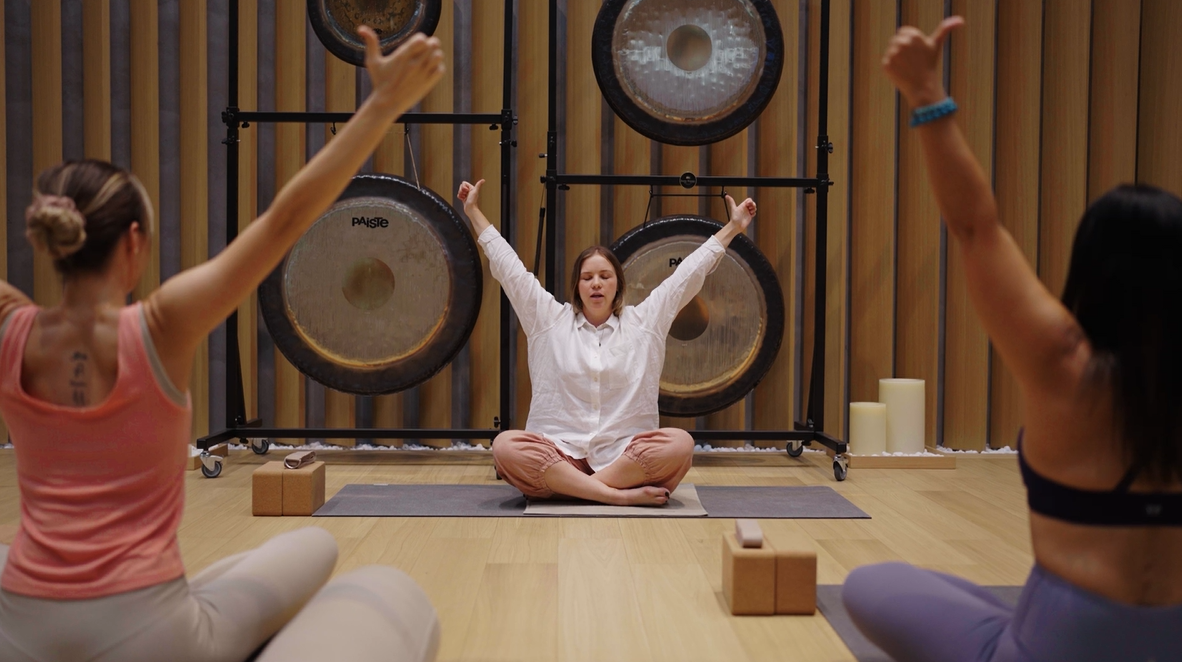
VAGUS NERVE
Vagus comes from the root word “wandering” in Latin. The vagus nerve is known as “the wandering nerve,” because it has multiple branches that diverge from two thick stems rooted in the cerebellum and brainstem wandering to your abdomen, touching your heart and most major organs along the way.
LOW VAGAL TONE
If you have what we call low vagal tone, it means it will impact your ability to respond to stress. Since your vagus nerve activates the parasympathetic nervous system, having higher vagal tone means that your body can relax faster after stress. In recent years, the vagus nerve has taken centre stage as a potential medical treatment for treating a variety of psychiatric, gastrointestinal and inflammatory disorders. We have now learned that we have the ability to manually stimulate your vagus nerve and increase your vagal tone.
What can this do for you? It can:
• Reduce your heart rate and blood pressure
• Help you respond better to stress
• Alleviate depression and anxiety and improve your overall moods
• Reduce inflammation
INCREASING YOUR VAGAL TONE
There are several different breathing and sound healing techniques that can be used to balance the vagus nerve. Here are my two most favourite ways of toning the vagus nerve.
AGAL BREATHING TECHNIQUE – HUG BREATH
Deep and slow breathing is a wonderful way to stimulate your vagus nerve. It’s been shown to reduce anxiety and increase the parasympathetic system. With regular Vagal Breathing practice people report being calmer, more focused, healthier, happier, lighter and pain free. Vagal Breathing enhances vagal tone and just 5 minutes a day can make a huge difference. Extended practice of 11 mins a day will balance the endocrine system.
Follow these simple steps:
Part 1
Sit comfortably in a warm room or cover yourself with a blanket.
Close your eyes and observe your natural breath.
Part 2
Now hug yourself by placing right hand on the left side of the abdomen and a left hand on the right side of the rib cage.
Now breathe simultaneously so both hands raise at the same time until you feel full.
Hold to the count of 4.
Part 3
Now exhale longer than you inhaled.
Hold to the count of 6 at the end of the exhale.
Part 4
Wait a few minutes before opening your eyes. Notice any changes internally and externally.
Most people take about 10 to 14 breaths each minute. Taking about 6 breaths over the course of a minute is a great way to relieve stress. You should breathe in deeply from both your ribcage and your diaphragm (vertical and horizontal breaths combined). This technique can also be done reclining, or propped up on pillows. Reclining version will help people to fall asleep and is particularly effective to fall back asleep after waking during the night.
The vagus nerve is connected to your vocal cords and the muscles at the back of your throat. Singing, humming, chanting and gargling can activate these muscles and stimulate your vagus nerve. And this has been shown to increase heart-rate variability and vagal tone.
